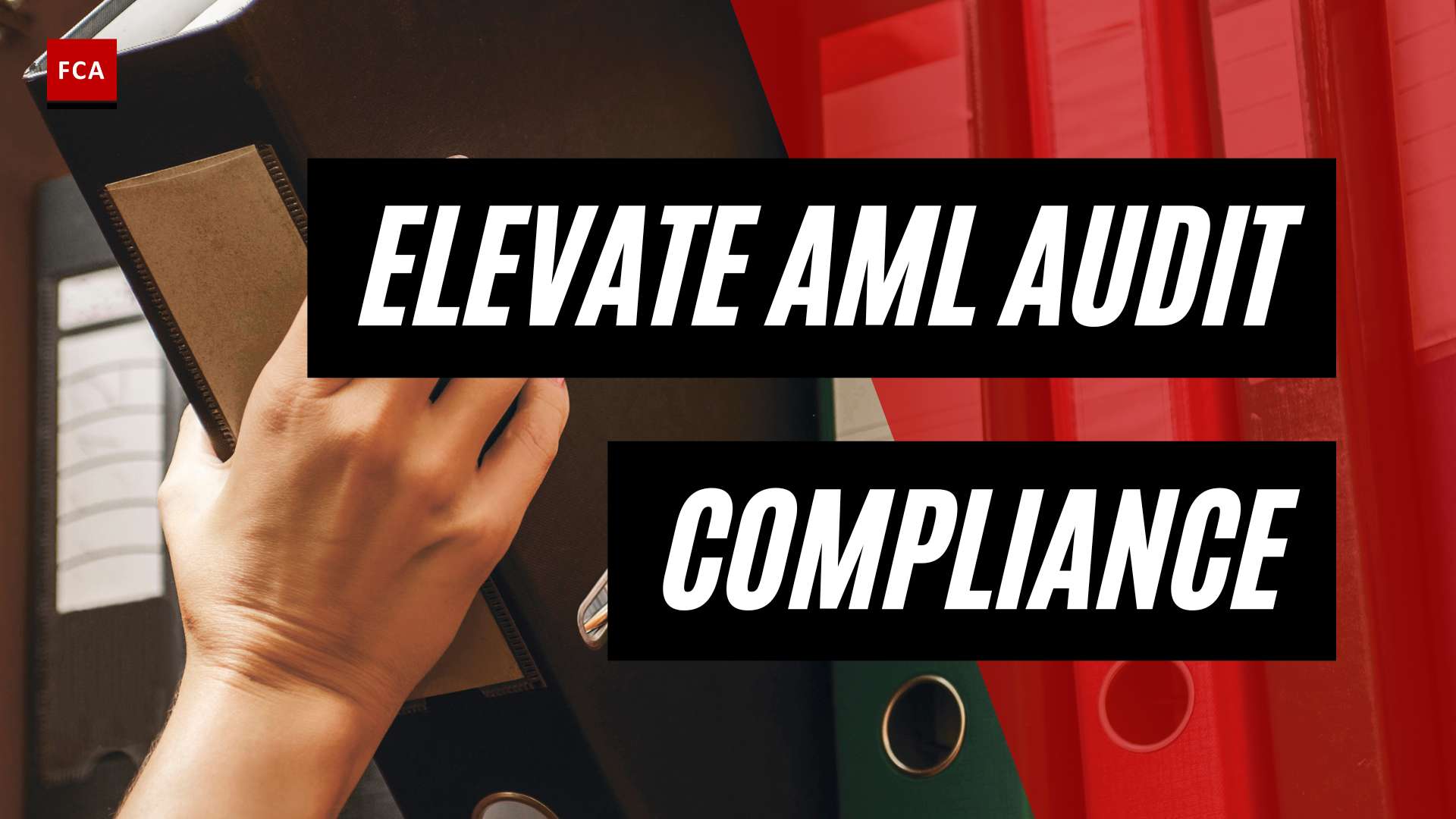Understanding Money Laundering
The term ‘money laundering’ often conjures up images of shady dealings and criminal enterprises. But what does it actually mean? The process, methods, and implications of money laundering are complex and multifaceted. This section aims to provide a clear and comprehensive money laundering definition and elaborate on the process involved.
Definition of Money Laundering
In essence, money laundering is the process of making large amounts of money generated by a criminal activity appear to have come from a legitimate source. This means that criminals use this process to conceal their actions, make their illegal gains appear legitimate, and avoid prosecution.
Money laundering involves disguising financial assets so they can be used without detection of the illegal activity that produced them. It’s a crime that can facilitate other serious crimes such as drug trafficking and terrorism, and it has a significant negative impact on the global economy.
The Process of Money Laundering
Money laundering often happens in multiple steps to make it harder to detect the illegal origins of the money. This process usually involves three main steps: placement, layering, and integration.
Placement refers to the process of introducing the illegitimate funds into the legitimate financial system. This might be achieved by breaking up large amounts of cash into less conspicuous smaller sums that are then deposited directly into a bank account, or by purchasing a series of instruments (such as checks or money orders) that are then collected and deposited into accounts at another location.
Layering is the next step where the money is moved around to create confusion, sometimes by wiring or transferring through numerous accounts. Layering may also involve purchasing and selling assets to obscure the trail and confuse the audit trail.
Integration is the final stage where the ‘cleaned’ money is reintroduced into the legitimate economy. The launderer might choose to invest the funds into real estate, luxury assets, or business ventures.
Understanding these processes and their implications is crucial in the fight against money laundering. For more information about this and related topics, you can look at our resources on money laundering laws, money laundering penalties, and money laundering red flags.
The Impact of Money Laundering
Understanding the full impact of money laundering is crucial to fully grasp its detrimental effects. This nefarious practice not only affects individual financial institutions, but it also has far-reaching implications for the economy and legal system.
Effect on Economy and Financial Institutions
Money laundering can have a devastating impact on economies and financial institutions. According to the International Monetary Fund, money laundering scandals have led to bank collapses and shocked countries, leading to an erosion of trust in the integrity of the financial system.
Moreover, these scandals often require taxpayers to subsidize failing banks and limit customer access to credit. The IMF further states that financial integrity risks linked to money laundering have a notable impact on financial stability. Banks facing financial integrity concerns experienced sharp stock price drops, elevated credit risks, and liquidity issues, affecting regional banks and demonstrating a contagion dynamic.
Legal Consequences of Money Laundering
Money laundering is not just an economic issue. It also carries significant legal consequences. As Investopedia states, money laundering is a serious crime that can result in severe penalties, including fines and imprisonment.
In the United States, money laundering is a criminal offense under the Bank Secrecy Act (BSA). The BSA is aimed at preventing financial institutions from being used for fraudulent purposes.
Beyond fines and jail time, the legal consequences of money laundering also extend to the broader impact on society. FinCEN points out that money laundering fuels various criminal activities such as drug dealing, terrorism, arms trafficking, and more, allowing criminals to operate and expand their enterprises.
For more information about the legal implications of money laundering, including specific penalties, visit our page on money laundering penalties.
To understand more about the broader impact of money laundering on financial institutions and economies, consider exploring money laundering examples and money laundering schemes.
Role of Banks in Money Laundering
Banks, along with other financial institutions, play a significant role in the process of money laundering. The vast and complex financial networks that banks have in place often make them a preferred platform for criminals to launder money.
Anti-Money Laundering Measures in Banking
Anti-money laundering laws mandate that banks and other financial institutions implement systems to detect and prevent activities related to money laundering. One of the key requirements for financial institutions is to identify and report suspicious activities that could be associated with money laundering. This is a crucial part of complying with the Bank Secrecy Act in the United States (FDIC).
Banks employ various anti-money laundering measures, such as establishing internal policies and procedures, conducting regular training programs for employees, carrying out customer due diligence, and monitoring transactions for suspicious activity. For more information on anti-money laundering measures, visit our page on money laundering training.
Money Laundering Schemes in Banks
Money launderers employ a variety of schemes and techniques in banks. According to Investopedia, these methods can vary in complexity and often include placing funds in banks, smurfing (breaking large amounts into smaller, less-suspicious amounts), and even trading in a cash-based business.
One common method involves the use of shell companies. These are companies that exist only on paper with no active business operations. They are used to disguise the source of funds and create layers of transactions that make it difficult to trace the origin of the money.
Another emerging risk in money laundering involves the use of virtual currencies, such as Bitcoin. Criminals can convert the proceeds of their illegal activities into virtual currency and then convert it back into traditional currency, making it difficult to trace the funds.
The process of money laundering typically involves three stages: placement, layering, and integration. Placement involves getting the “dirty money” into the financial system, layering involves separating the money from its source, and integration involves making the money available to the criminal without any link to the crime (Investopedia).
These schemes highlight the complex nature of money laundering and the challenges banks face in detecting and preventing it. For more information on money laundering schemes, visit our page on money laundering schemes.
Challenges in Combating Money Laundering
In the continuous fight against illicit financial activities, several challenges persist. These include the advent of cryptocurrencies and international differences in anti-money laundering efforts.
The Advent of Cryptocurrencies
The advent of cryptocurrencies has introduced new complexities to the money laundering definition and efforts to combat it. Cryptocurrencies like Bitcoin provide an additional layer of anonymity for individuals involved in illegal activities, making it a preferred medium for money laundering. Criminals can convert the proceeds of their illicit activities into virtual currency and then back into traditional currency, making it difficult to trace the funds (Investopedia).
The decentralized nature of cryptocurrencies and the use of blockchain technology pose formidable challenges for law enforcement agencies and regulators in tracing transactions and identifying the individuals involved (Financial Crimes Enforcement Network).
To address these challenges, specialized tools and techniques have been developed for tracking and analyzing blockchain transactions. However, these tools are still evolving, and law enforcement agencies face significant hurdles in keeping up with the rapidly changing landscape of cryptocurrency-based money laundering.
International Differences in Anti-Money Laundering
Another challenge in combating money laundering is the differences in anti-money laundering laws and practices across countries. Since cryptocurrencies operate across borders, international cooperation is vital to develop effective regulatory frameworks and share information to counter this evolving threat.
However, differences in legal frameworks, regulatory practices, and the level of commitment to anti-money laundering efforts can create gaps and loopholes that criminals can exploit. Therefore, concerted efforts are necessary to harmonize anti-money laundering laws and regulations globally and enhance international cooperation.
In conclusion, while significant strides have been made in combating money laundering, the advent of cryptocurrencies and international regulatory differences present ongoing challenges. To learn more about the typical signs of money laundering, refer to our article on money laundering red flags. For those in the banking sector interested in further training on this topic, consider our money laundering training resources.
Regulatory Framework Against Money Laundering
Understanding the legal landscape is crucial in the fight against money laundering. This includes being aware of the key pieces of legislation and organizations that have been established to combat this issue. In this section, we explore two significant components of the regulatory framework against money laundering: The Bank Secrecy Act (BSA) and The Financial Action Task Force (FATF).
The Bank Secrecy Act
The Bank Secrecy Act (BSA), established in 1970, is a cornerstone in the fight against money laundering in the United States. This law is aimed at preventing financial institutions from being used for fraudulent purposes, including money laundering.
The BSA covers various financial institutions and requires them to maintain certain anti-money laundering programs to prevent and detect money laundering activities (FinCEN). This includes the requirement to report suspicious activity that might indicate money laundering, tax evasion, or other criminal activities.
Since its establishment, numerous other laws have been enacted to enhance and amend the BSA, providing law enforcement and regulatory agencies with effective tools to combat money laundering.
To understand more about the penalties associated with violating the stipulations of the BSA, consider reading about money laundering penalties.
The Financial Action Task Force
On the international stage, the Financial Action Task Force (FATF) plays a significant role in setting standards to prevent money laundering and terrorist financing. The FATF is an intergovernmental organization that has developed a series of recommendations to encourage worldwide adoption of these measures.
Importantly, the international anti-money laundering standards set by the FATF do not require a predicate offense to have occurred for money laundering to have taken place (FinCEN). This means that a person can be charged with money laundering even if no underlying crime (like fraud or drug trafficking) has been proven.
The FATF’s recommendations have been instrumental in shaping the anti-money laundering laws and regulations adopted by many countries. It’s through the combined efforts of organizations like the FATF and legislation like the BSA that progress is being made in the fight against money laundering.
For those working in financial institutions, understanding these regulatory frameworks is essential. To enhance your knowledge further, consider some money laundering training or familiarize yourself with the common money laundering red flags to look out for.
Case Study: Money Laundering Scandals
Money laundering scandals have pervaded various financial institutions globally, casting a spotlight on the systemic vulnerabilities that enable such illicit activities to thrive. These incidents have far-reaching implications, not only for the involved organizations but also for the overall financial stability and integrity of the affected countries.
Impact on Financial Stability
Money laundering scandals have been known to cause bank collapses and shock countries, ultimately leading to an erosion of trust in the integrity of the financial system and often requiring taxpayers to subsidize failing banks and limit customer access to credit.
Financial integrity risks linked to money laundering have a notable impact on financial stability. Patterns indicate that banks facing financial integrity concerns experienced sharp stock price drops, elevated credit risks, and liquidity issues. These issues were not confined to the affected banks alone but also extended to regional banks, demonstrating a contagion dynamic.
Lessons Learned from Scandals
Money laundering scandals have uncovered a multitude of systemic issues, paving the way for significant lessons to be learned and changes to be implemented:
-
Reputational Damage: Money laundering scandals have caused significant reputational damage to financial institutions, leading to a loss of customer trust and potential loss of business (Investopedia).
-
Regulatory Scrutiny: These scandals have resulted in increased regulatory scrutiny and stricter anti-money laundering regulations, imposing additional compliance costs on financial institutions.
-
Internal Controls: The scandals have highlighted the need for improved internal controls and risk management systems within financial institutions to detect and prevent illicit activities.
-
Transparency and Accountability: These incidents have led to calls for greater transparency and accountability in the financial industry, prompting regulatory reforms and increased cooperation between financial institutions and law enforcement agencies.
-
Due Diligence and KYC: The scandals have underscored the importance of robust due diligence processes and know-your-customer (KYC) procedures to verify the legitimacy of customers and transactions.
-
Monitoring and Reporting: They have demonstrated the need for continuous monitoring and reporting of suspicious activities to regulatory authorities, as well as the importance of training employees to recognize and report potential money laundering activities.
-
Regulatory Measures: Regulators overseeing banks’ anti-money laundering efforts must adopt a broader perspective and scrutinize non-resident risks, inter-border laundering measures, and the emerging risks posed by crypto assets. Stronger international collaboration is emphasized to enhance supervisory efforts and mitigate money laundering risks (International Monetary Fund).
To delve deeper into the practical implications of these lessons, visit our page on money laundering training.
Learning from these scandals can help in refining the money laundering definition, enhancing the understanding of money laundering schemes, and improving the effectiveness of anti-money laundering efforts in the banking sector.
Future of Anti-Money Laundering Efforts
The future of anti-money laundering efforts is dynamic and evolving, with new innovations to tackle illicit money flows and emerging risks that challenge these developments.
Innovations in Anti-Money Laundering
Innovations in the fight against money laundering are continually evolving, with advances in technology providing new tools to detect and prevent illicit activities. These include advancements in machine learning and artificial intelligence, which can analyze vast amounts of data, identify patterns, and flag suspicious activities.
Additionally, the use of big data analytics and predictive modeling can help identify potential risks and suspicious transactions in real time. These technologies can also assist in verifying customer identities, assessing risk levels, and ensuring compliance with money laundering laws.
Regulators overseeing banks’ anti-money laundering efforts are also urged to adopt a broader perspective and scrutinize non-resident risks, inter-border laundering measures, and the emerging risks posed by crypto assets. Stronger international collaboration is emphasized to enhance supervisory efforts and mitigate money laundering risks.
Continual money laundering training is also crucial to keep banking professionals up-to-date with the latest trends, techniques, and regulations in the field.
Emerging Risks in Money Laundering
While innovations are being made in the fight against money laundering, new risks are also emerging. One such risk is the advent of cryptocurrencies, which provide an additional layer of anonymity for individuals involved in illicit activities (Investopedia). Criminals can use virtual currencies, such as Bitcoin, to convert the proceeds of their illegal activities into virtual currency and then convert it back into traditional currency, making it difficult to trace the funds.
Furthermore, money launderers are becoming increasingly sophisticated, employing complex techniques, expensive financial technologies, networks of accounts and companies, and legal constructions to conceal the source of money and give the illicit funds a legal appearance.
As these emerging risks become more prevalent, the importance of vigilance, continual learning, and adaptation in anti-money laundering efforts cannot be overstated. It is crucial to stay informed about the latest money laundering techniques, money laundering red flags, and money laundering reporting practices to effectively combat these threats.








